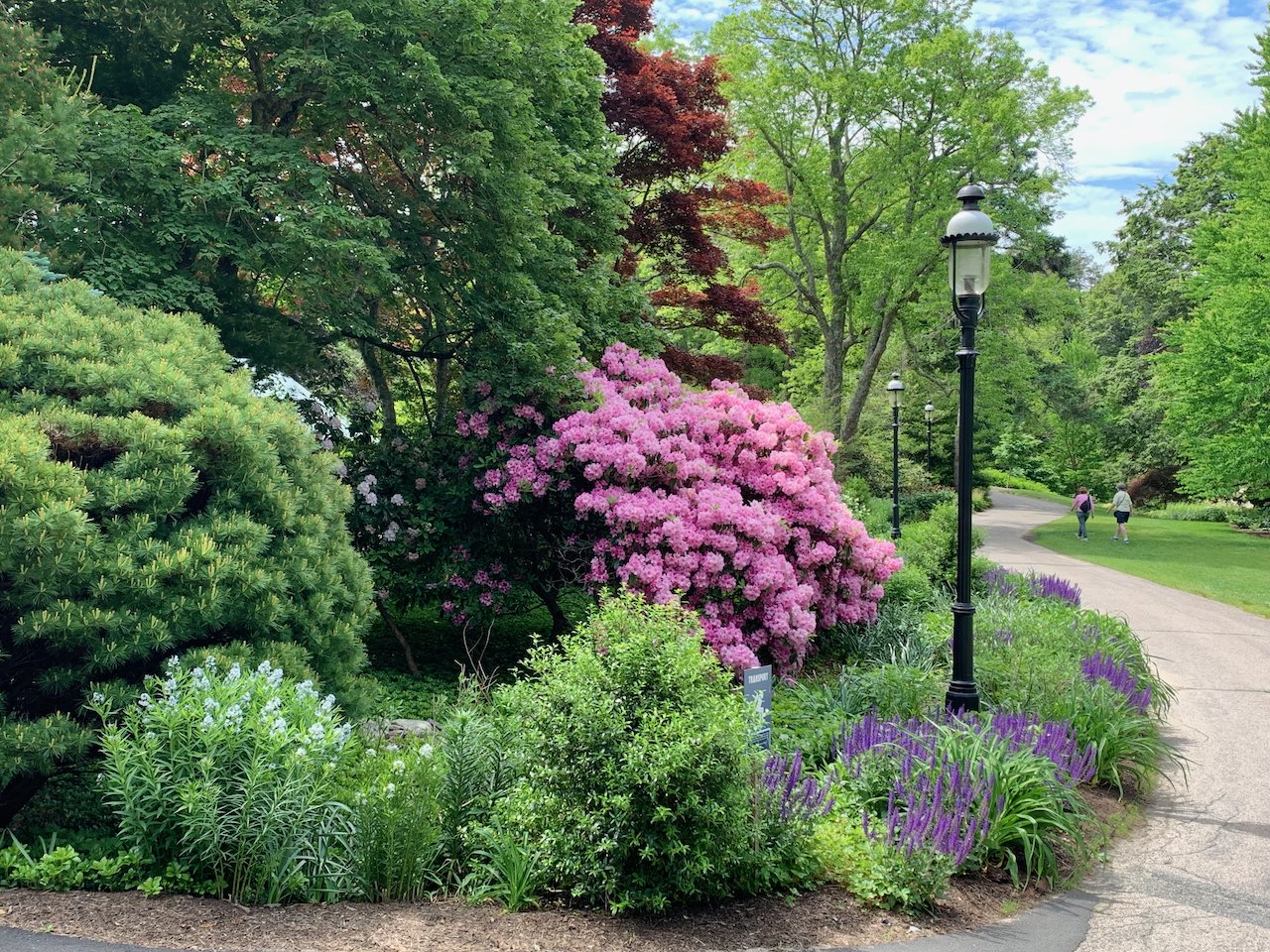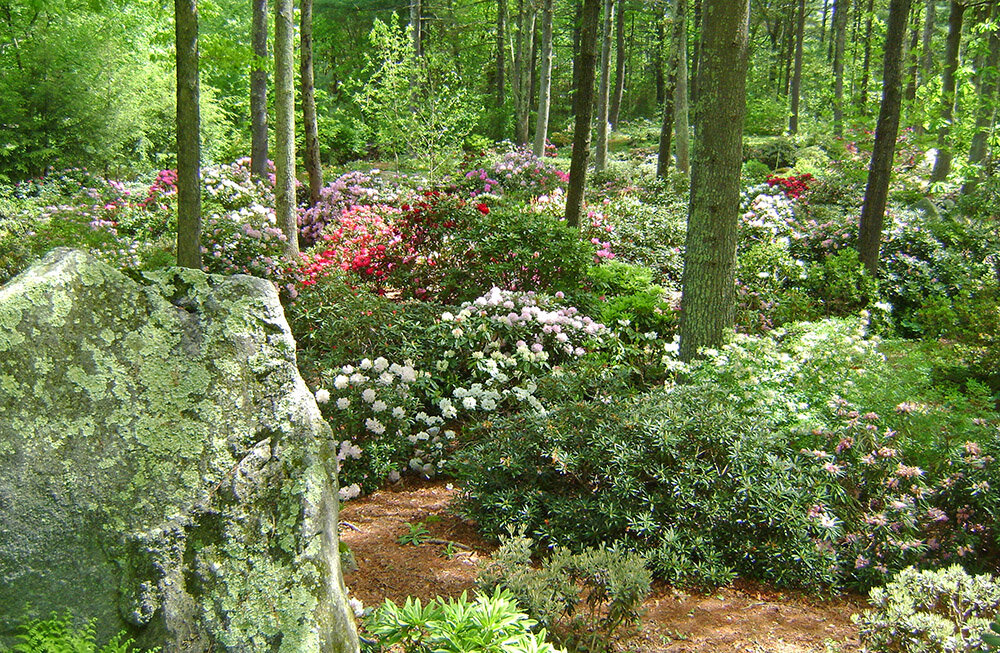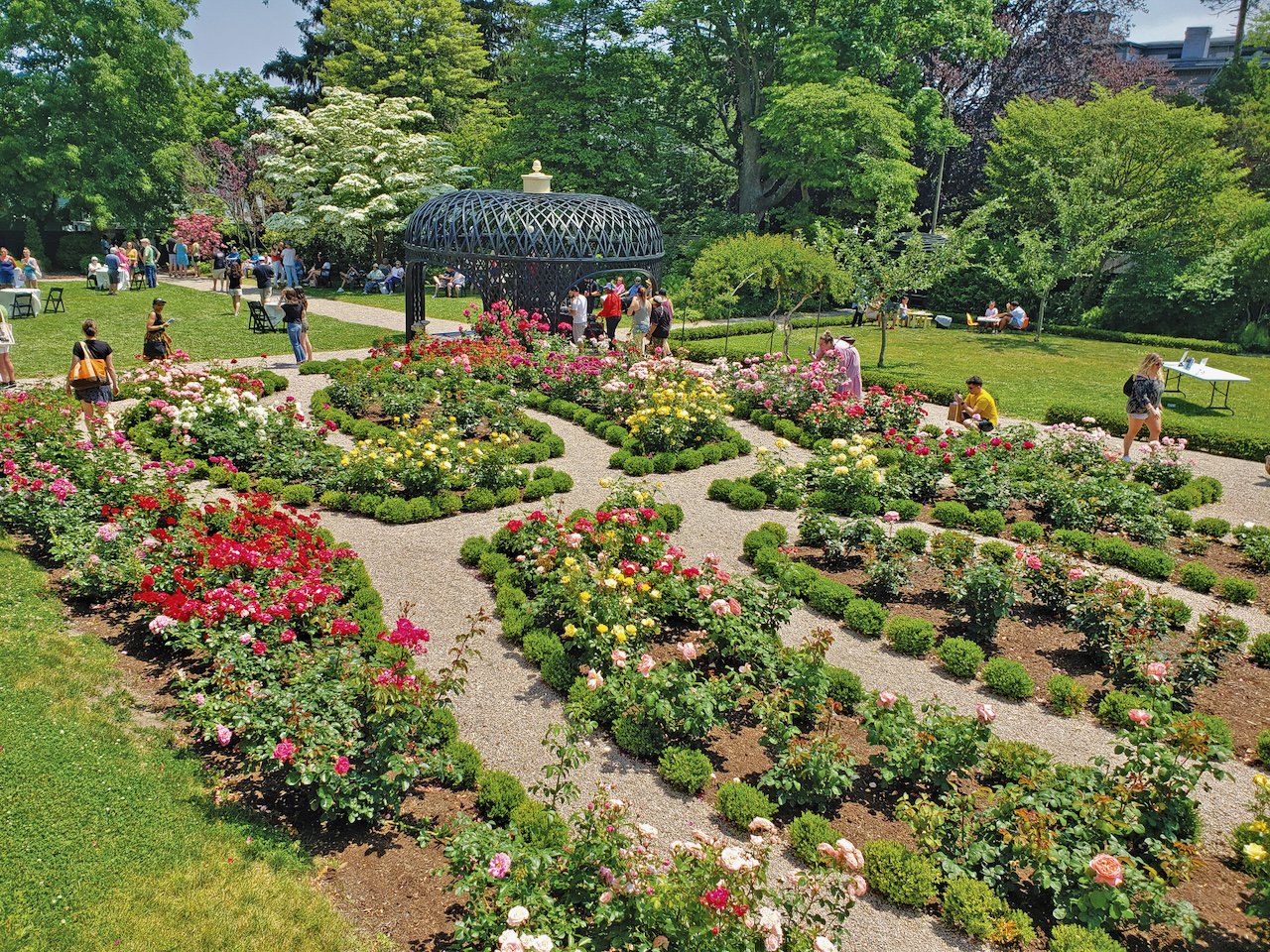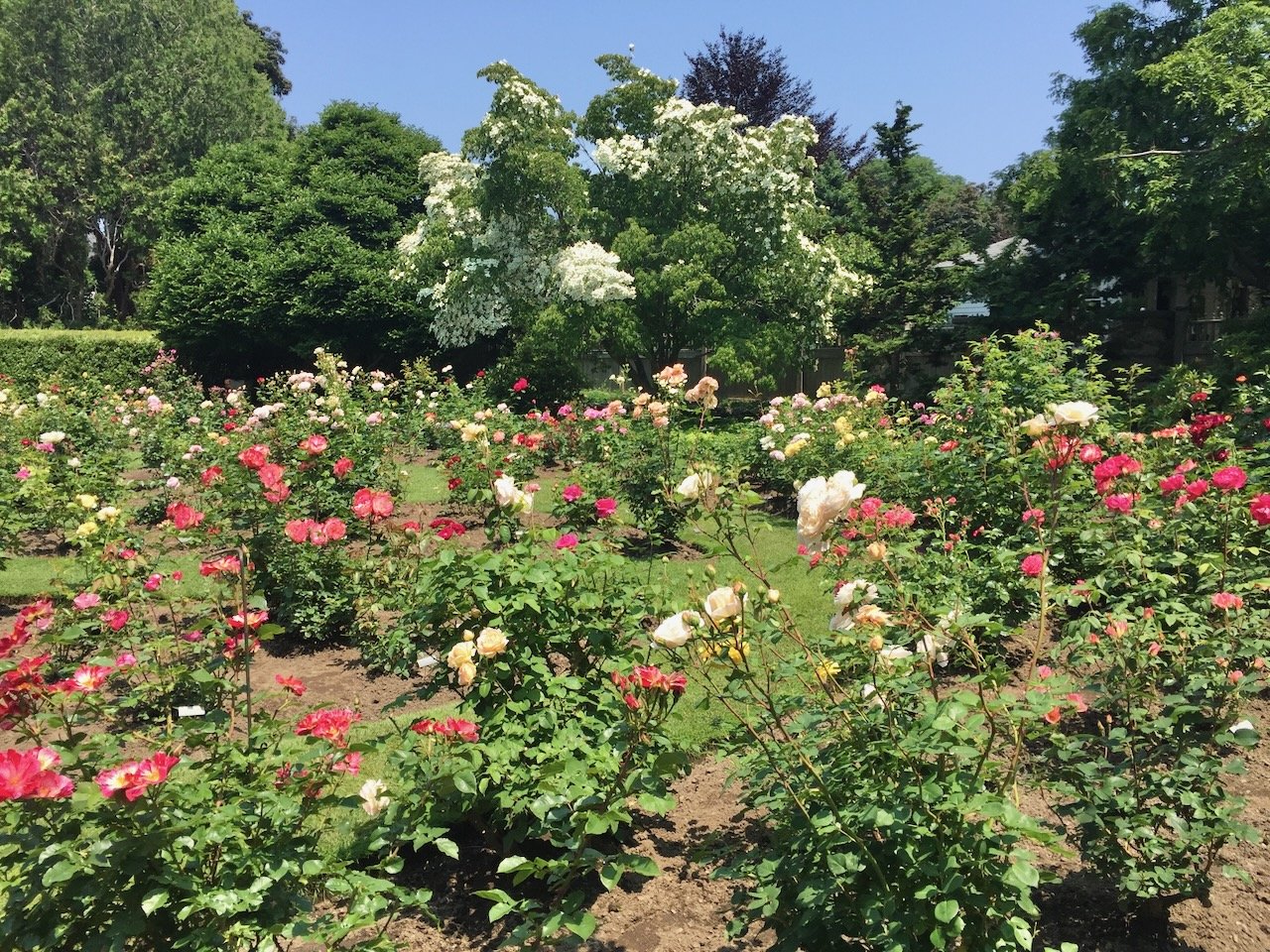Astilbe Plumes Grace Shady Retreats
/One of the first gardens that I created upon moving into my house was a circular shade bed at the entry to my property. A garden novice at the time, I researched appropriate plants and developed a garden of hostas, astilbes, cinnamon ferns and fringed bleeding hearts. Almost 20 years later, those same carefree plants provide a beautiful annual display, with the pink, red and white astilbes claiming the spotlight in June and July.
Astilbes, with their elegant feathery plumes of flowers and delicate ferny foliage are native to Asia, and were first introduced to Europe in the late 1800s. Initially, astilbes were grown for forcing and used as potted plants indoors, so early hybridization focused on producing dwarf, floriferous plants. Almost every hybrid astilbe can be traced back to Georg Arends, a nurseryman from northern Germany who started crossing the white japonica species from Japan and the pink davidii species from China to produce most of 180+ hybrid astilbes in the marketplace today. One hundred years later, Arends Nursery, now run by Georg’s granddaughter, continues to introduce new cultivars. Astilbes now range in size from 8” to 48”, blooming times range from late spring to August, and colors include peaches, pinks, reds, whites, purples and lavenders.
Astilbes bring a graceful, feathery look to the shady perennial garden. They are beautiful both as specimen plants and as mass plantings. Their fine lacy leaves look stunning juxtaposed against the bold textures of hosta, bergenia, ligularia or European ginger. The glossy foliage and soft colors also complement painted ferns and purple heucheras. Given the huge range of cultivars, a long season of bloom can be achieved in the garden. For early to mid-season, 24” tall plants, you can choose ‘Deutschland’ (white), ‘Rhineland’ (pink), ‘Bremen’ (deep pink), or ‘Fanal’ (garnet red). For mid-season bloom, 24” tall, choose ‘Amethyst’ (magenta), ‘Erika’ (pink), ‘Federsee’ (carmine), or ‘Avalanche’ (white). For the late season, there are the short (8-12” tall) varieties for the front of the border, such as ‘Pumilla’ (lilac) and ‘Sprite’ (pink) and the tall (4-5’) varieties for the back of the border such as ‘Taquetti Superba’ (lilac) and ‘Purperkurze’ (reddish purple).
Pest free and deer-resistant, hardy in zones 3-6, astilbes perform well in shady New England gardens, preferring acidic, moist, well-drained soil. In nature, they grow along stream banks in partial shade, so supplemental irrigation is essential during the dry heat of summer. When planting, be sure to work leaf compost, aged manure and peat moss into the soil and mulch with shredded leaves or bark. The mulch helps to conserve moisture and protects the crowns from heaving out of the ground in late winter.
Astilbes are heavy feeders and require high-nitrogen fertilization in spring or fall from a top dressing of composted manure or commercial fertilizers. Some astilbe growers recommend a general purpose lawn fertilizer (20-10-10) applied in early October since the plants grow steadily until frost and form their flower buds in autumn for the next year’s flowers. Deadheading is not required since it will not induce more blooms and the dried seedheads extend the seasonal interest of the plants. To ensure vigorous growth and flowering, astilbes should also be divided every three years in early spring or late summer. To divide, dig up the clump and saw it apart into several sections using an old pruning saw.
You Might Also Like




















































































